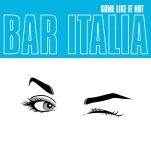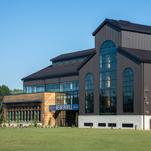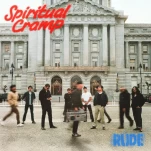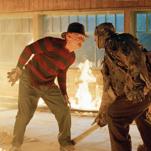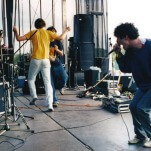The Porter: A Brief History
The weather outside is getting colder, which means it’s time to break out some darker beers. While you can certainly enjoy a nice porter anytime of year, the brew is particularly well-suited to cool autumn months, and it has a pretty interesting history to boot. By the way, you can also check out our tasting/ranking of 35 American porters here.
The first thing you need to know about porters is that the beer style started out as more of a beer cocktail than a brew all of its own. It reportedly got its start in the early 1700s when a brewer in London combined an older and newer beer together in a barrel and started serving it. Turns out, it wasn’t bad. The mixture allowed them to make a drinkable beer that wouldn’t break the bank. There’s a bit of debate on whether the original blend was made up of just two beers, or three. The triple blend story involves a London brewer named Ralph Harwood, and a drink known as “Three Threads,” with the three threads being three different parts of the mix.
-

-

-

-

-

-

-

-

-

-

-

-

-

-

-

-

-

-

-

-

-

-

-

-

-

-

-

-

-

-

-

-

-

-

-

-

-

-

-

-


